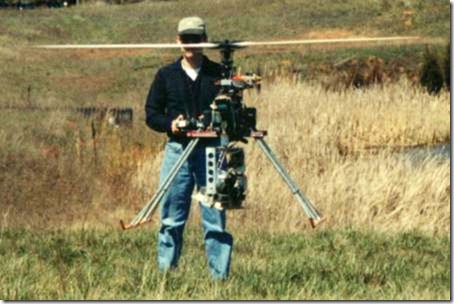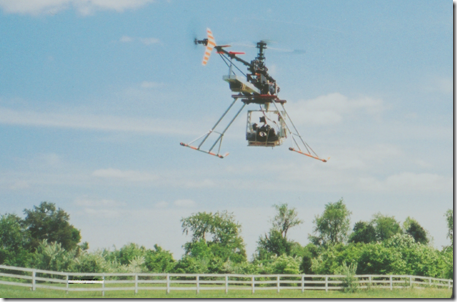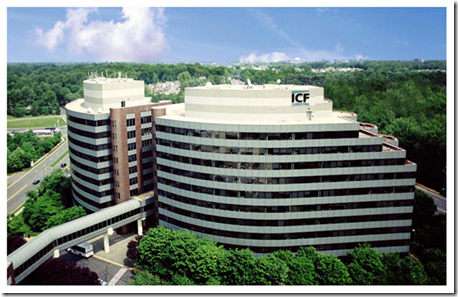|
This is a guest article written by Paul Madsen. It is always good to look back at where we have come from and this story really does a good job pointing out how far things have come in RC aerial photography in terms of safety, reliability, and quality. Could you imagine how dangerous and difficult it was to fly a gas collective pitch helicopter around taking pictures? Now you can do what Paul did with a Phantom 2 safely, with 10x the quality and ease for around $1000 -- how things change!! I hope you guys enjoy reading this as much as I did. Be sure to check out his new venture at aerialbids.com. It’s a pretty exciting time for those who are interested in starting an aerial photography business! New technologies are allowing just about anyone to take stunning aerial photos and video on par with the best in the business. Aerial photography got its start back in 1858 when Gaspar Tournachon captured the French village of Petit-Becetre using a tethered balloon that reached to 240’. The tools of the trade have progressively improved since then, however in the past ten years we have seen an absolute explosion in aerial drone technology which has brought pricing down so its affordable to those who are interested. My day job is piloting a Boeing 777 around the world, however I got my start in aviation back in the early 80’s flying radio controlled aircraft. It began with line controlled airplanes, then RC airplanes, followed by RC helicopters. In the late 90’s I decided to start an aerial photography side business, figuring as a pilot, I had a leg up on other aerial photographers who had hire pilots to get the shots their clients needed. I started Sky Photos Aerial Photography and in a year or so had a viable business. It wasn’t long before I recognized that close-in, low altitude aerials offered a look that was superior to the higher-up oblique shots typically offered. So I bought an X Cell gas helicopter off Ebay and went to work modifying it for photography use. My first drone aerial drone job was for a friend who needed photos of an office building in Northern Virginia. I have to admit it was a little nerve wracking. After pull starting the 2.5HP gas engine and warming up, I spooled up the rotor head. The resonance created by the helicopters long legs made me cringe every time I wobbled my way through the spoolup. After all, the landing gear was made of a hockey stick and aluminum tubing by someone with no engineering experience. After lifting off and doing a hover check, I noticed a crowd of people forming around me. I'm sure only a fraction would have shown up if the aircraft didn’t sound like a flying chainsaw! I was a little surprised at how much my fingers were shaking, but I pressed on and slowly climbed to a height of about 300’, careful not to fly over any cars or people. My wife directed me into position while peering into a shrouded mini TV with live video feed. The 35mm camera that was resting on a home-made 3 axis pan/tilt successfully captured the photos we needed with the use of a separate RC controller for aiming and triggering the camera. The flight and landing were uneventful and I was very relieved when my buddy told me the photos were just what he needed for his clients website I did this for a few years, photographing commercial properties, homes for realtors, car dealerships and many others sites, but after a particularly eventful flight where I briefly lost radio reception ( we used FM receivers then), I realized the machine wasn’t as safe as I had hoped and it didn’t make sense to continue flying this contraption due to the lack of insurance. Well times have certainly changed. The aerial drones of today have reliable electric motors, radios that are interference free, and many fail safes designed to engineer out the problems of the past. Camera cost and performance has improved and you can even get insurance to cover your drone aerial photography business. The only thing holding back drone use is how to integrate them with traditional aircraft. As an airline pilot, I have had close calls with gliders, had bird strikes, and even had to lower my cockpit seat to avoid lasers intentionally pointed at my cockpit inflight. I understand why the FAA is reluctant to allow commercial drone use, however with training, monitoring, advancing technology, and regulation, there is no doubt that risk can be minimized to an acceptable level. My photography business continues to this day, however my recent focus has been creating a website that links clients with aerial photographers in their area. The site; www.aerialbids.com is designed to provide one-stop shopping for clients looking for great aerial photos and video shot by competent aerial photographers. We are looking forward to the day that the FAA fully integrates aerial drones into US aviation and hope that you will add your name to the list of professional aerial photographers in your area.
Comments
|
Archives
June 2017
|



